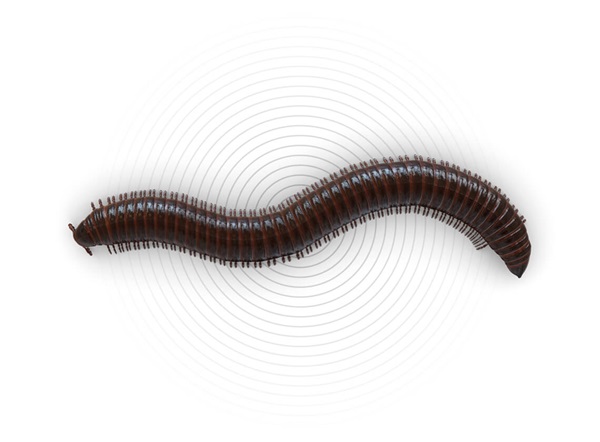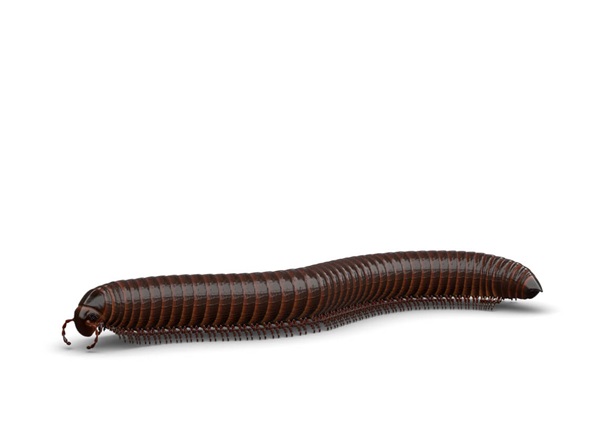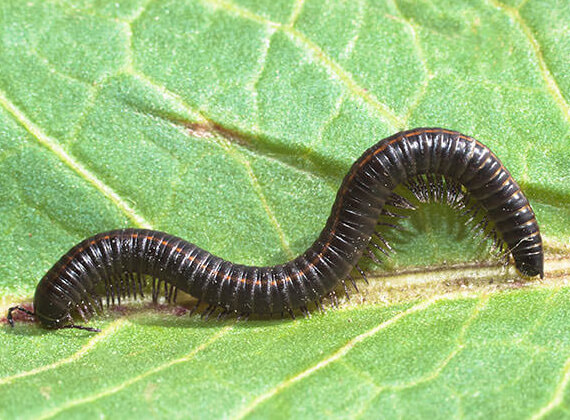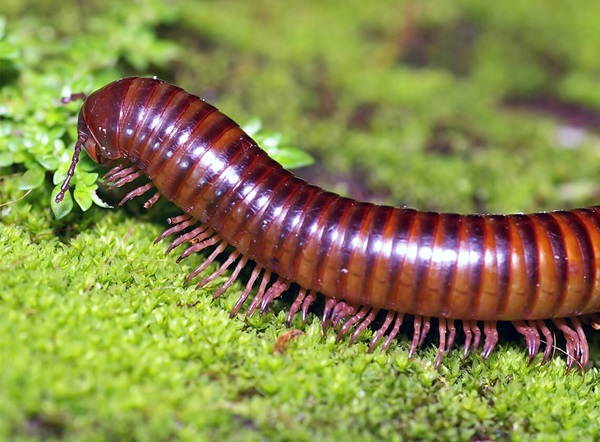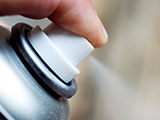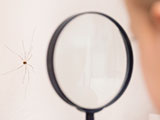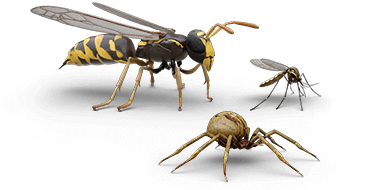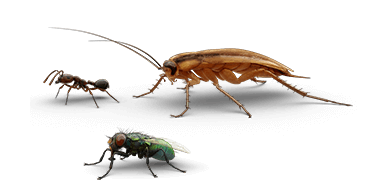Millipedes
Diplopoda
-

SIZE
1/2in to 1-1/2in long
-

COLOR
-

BITE OR STING
No
-

WINGS
No
COMMONLY MISTAKEN FOR
General Information
Millipedes are approximately one to two inches long, although some species may be slightly larger. They have round, cylindrical bodies and are usually either black or brown in color. Millipedes are recognizable by their many legs, with two legs per body segment. As they walk, their legs appear to move in a wave-like motion.
While they’re typically harmless, the sight of these slow-moving creatures in the home can be frightening for some. Help get rid of millipedes in the house by learning what millipedes eat, where they live, what attracts them, and more.
-
Millipedes have a rigid exterior and mostly feed on decaying vegetable matter.
-
They do not bite, sting, infest food, spread diseases, or cause damage in the home.
-
When disturbed or threatened, millipedes roll themselves into a coil.
-
Because they require high moisture levels, millipedes usually don’t survive more than a few days indoors unless you have very moist or damp conditions in your home.
Details
-
Outside, millipedes are usually found in damp, dark places such as under stones, flowerpots, boards, or similar debris where there is abundant moisture.
-
Millipedes in the house may be found in basements, closets, bathrooms, and other areas where there is high humidity.
-
These slithering creatures are scavengers and primarily eat dead or decaying plant matter.
-
Millipedes occasionally eat new roots and green leaves, but rarely cause damage to them.
-
These slow-moving, worm-like arthropods are sometimes called “thousand-leggers,”2 but millipedes typically have up to 400 very short legs.3
-
Typically, millipedes are harmless because they don’t bite, sting, spread diseases, or damage the property in your home. However, some species can release a foul-smelling fluid when they feel threatened that can cause skin irritation and should be washed off immediately.
-
Occasionally, large numbers of millipedes will slither their way into your house seeking shelter during hot, cold, or extremely wet or dry weather.4
-
Once inside, the sight of these slithering creatures can be unsettling to many people.
-
Keep compost piles and decaying vegetation away from the house.
-
Caulk windows and holes to help prevent millipedes from entering your home.
-
If you notice centipedes or millipedes in your house, try running a dehumidifier to make the area less humid, and therefore less appealing for these moisture-seeking creatures.
